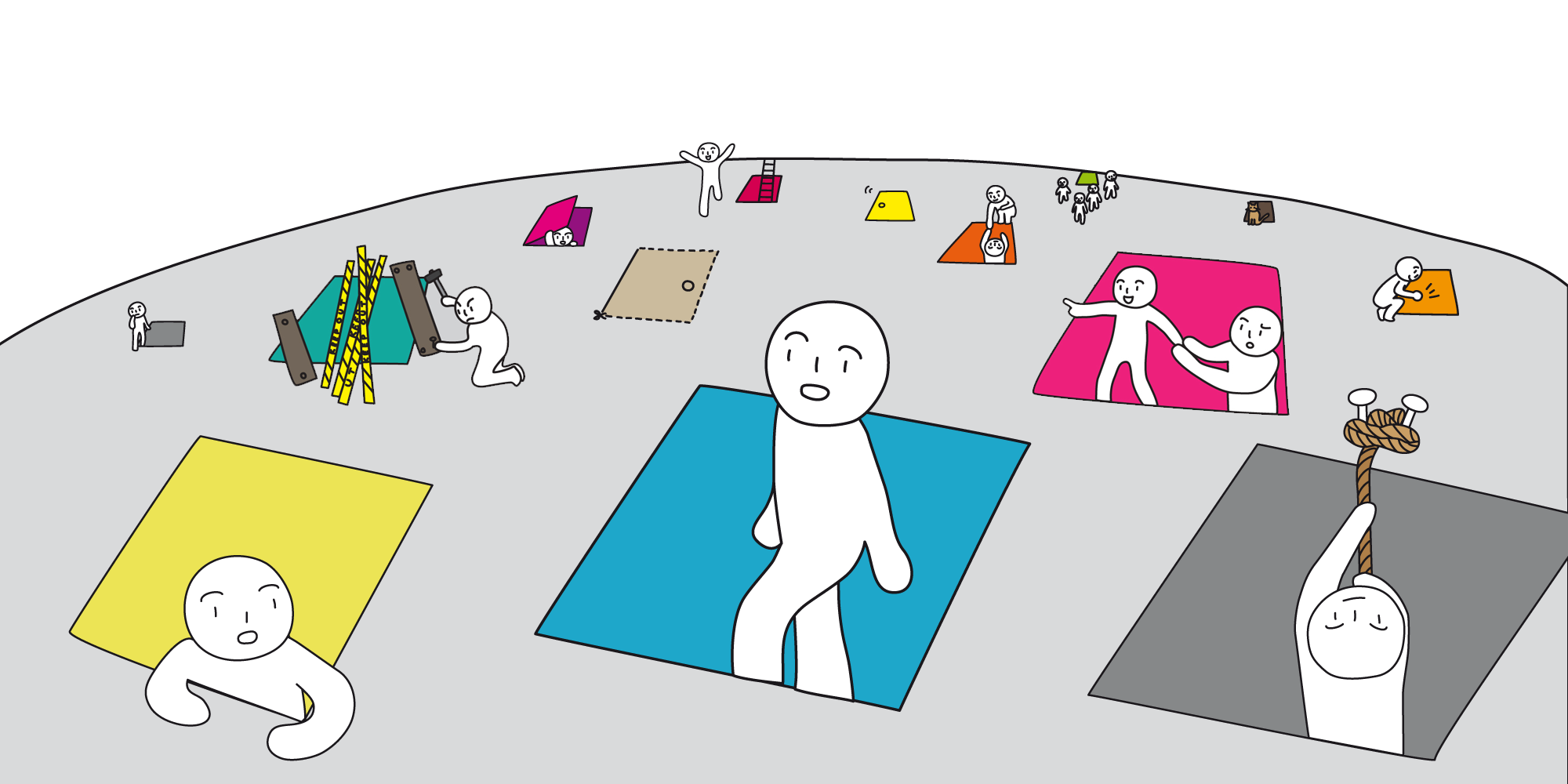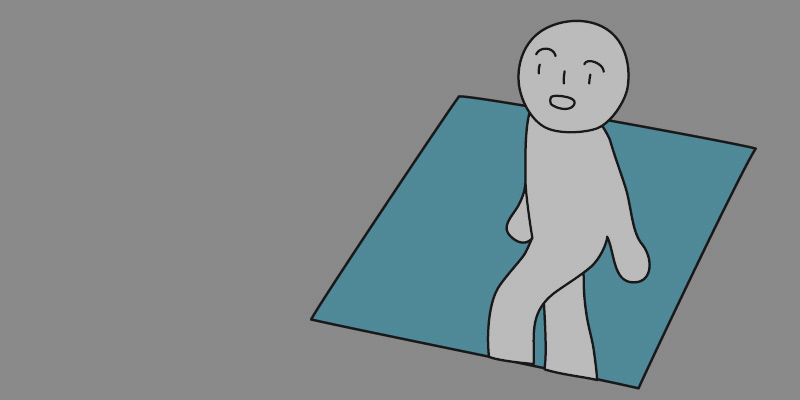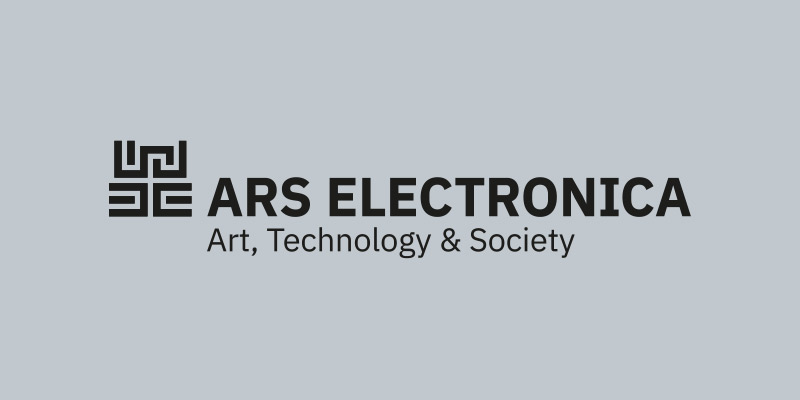POSTCITY

Luminescence
Benita Martis (DE)
In virtual reality (VR), light does not have to correspond with our reality. Physical laws can be overridden and redefined. This raises the question of how light looks, what effect it achieves and how it can be perceived in virtual reality. Can light in VR achieve a meditative effect? Can light take shape? Does light have the same meaning in virtual reality as in real reality? Luminescence is an experimental virtual experience which plays with forms, contrasts and biological feedback.
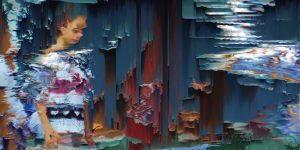
EXPERIMENTAL
This program presents new innovative trajectories within current cinematography at the intersection of art and science and brings together works with contemporary positions, from computer-generated procedural structures to trailblazing examples of frame-by-frame animated sequences.
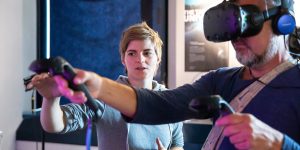
Tangible Universe
Annika Kreikenbohm (DE)
In the study of the universe, light is the one of the main sources of information accessible to us. Using satellites and telescopes, we collect the light of astronomical objects. First, each object appears as a single cloud of light. In the closer analysis of light, we recognize its nature and can distinguish stars from galaxies. In the virtual environment, numerical satellite data is translated into light sculptures and light is made tangible by haptic stimuli.

Poetic Systems
Panel Discussion
The panel discussion Poetic Systems looks at system-theoretical approaches at the nexus of art and architecture. Where can system theory, a sociological concept, be applied outside of its original discipline? Which dimensions are opened up by artistic research, an artistic viewpoint or Art Thinking in combination with system theory - and which new points of intersection emerge? Speakers with backgrounds in sociology, architecture, art and scientific research gather here to share their insights on this topic.
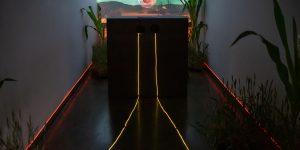
Navigating without a View
Maria Dada (UK), Yuan Yu Chen Feng (VE), Maria Bika (EL), Costas Kazantzis (EL), Greta Gandossi (IT), Ragnar Hrafnkelsson (IS), Fergus O’Connor (UK)
Navigating without a View is an immersive installation that investigates the possibilities of orientation in a world without a map or a compass, a world without representation and established views or truths. When guidance and direction become impossible everything falls back on the senses. But what becomes of the senses when they are altered by the digital, quantitative and mathematical?

TARDIGRADA – von mikrobiotischen Lebenskünstlern
Maria Antonia Schmidt (DE)
The tardigrade or water bear, a microorganism, survives environmental conditions that hardly any other living creature can withstand. While researchers are working on deciphering the secrets of the tardigrade's survival, the media are throwing themselves at the cute bear and marketing it in all conceivable variations. In the end, the work poses the question of what sound these tiny creatures make. This is reason enough for the world's first tardigrade nano-ear experiment: a musical radio feature/4channel audio installation between science and absurdity.

Light
University of Applied Sciences Würzburg-Schweinfurt, Faculty of Design
Light in its essence is not perceivable. Only in combination with shadow can humans experience it. It is therefore often used as a symbol for the immaterial. While the sciences explain light as a physical phenomenon, it is used metaphorically for very different contents in the humanities. Both concepts provide interesting impulses for entirely diverse approaches to projects. In this course, we looked into the subject “light” in form and content in a very versatile, innovative and experimental way.
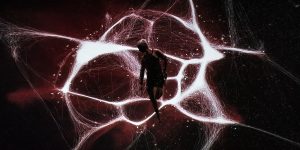
EXPANDED ANIMATION
This compilation assembles works that explore new forms of animated visual worlds far from the usual norm and shows, among other things, an interactive shadow installation, animated MR rooms, an installation combining animated images with a dance performance, a multi-media façade for the Elbphilharmonie Hamburg and experimental VR projects.
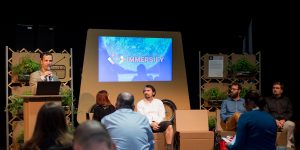
Immersify – Frontiers of European Media Creation
Panel Discussion
Immersive media let us dive deep into images and videos – sometimes to the point where we completely forget the world around us. In order to transform this new kind of media from a niche phenomenon to widespread practice, the Ars Electronica Futurelab and four partners from all over Europe are working on a common research project, Immersify. At the Panel Discussion at the Open Futurelab, project partners and involved artists gather to speak about the new generation of immersive media applications.
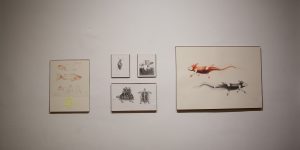
The Poetic Design: From Mimesis to Catharsis.
Homero Ruiz (MX/DE)
The Poetic Design: From Mimesis to Catharsis explores the visual poetry and basis of Greek aesthetic philosophy through its four main elements: Mimesis, Poiesis, Apate (Esthetic Illusion), and Catharsis.
